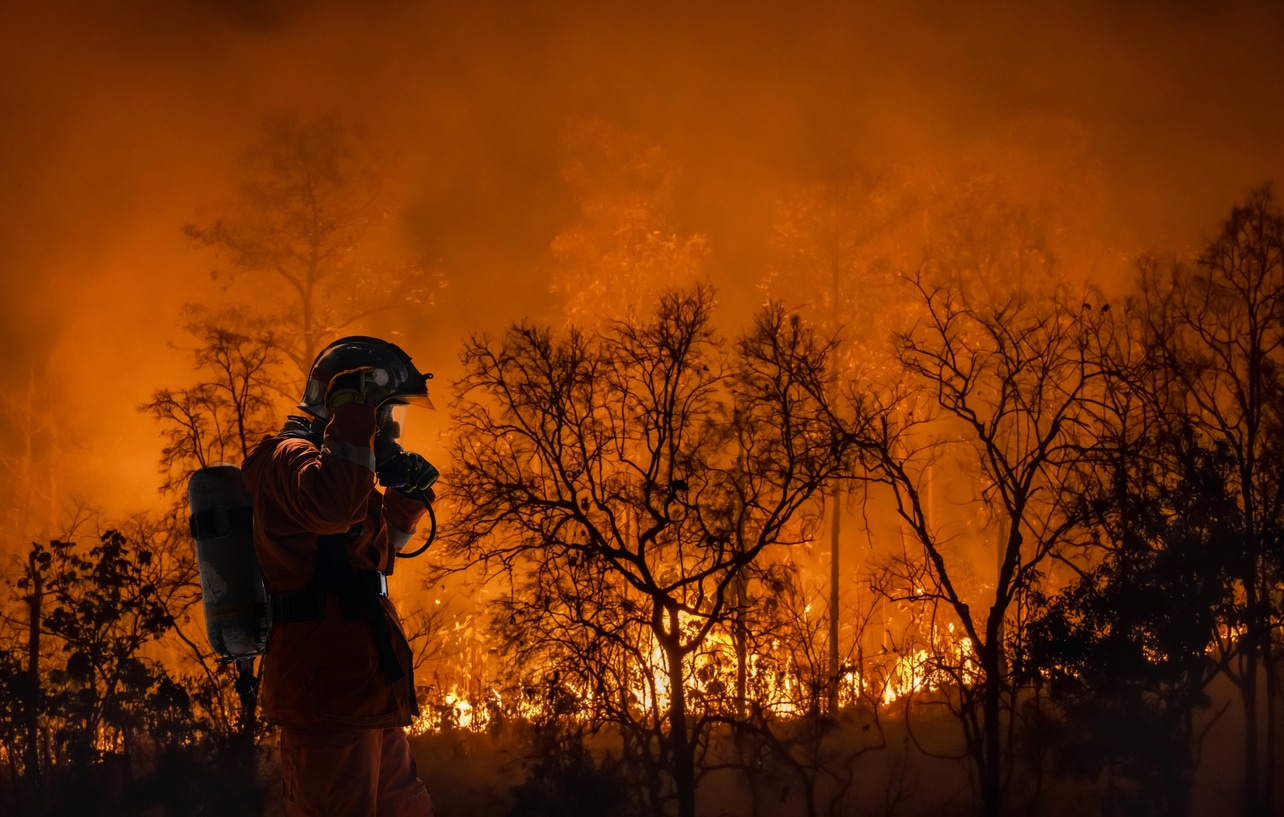As climate change intensifies, the delicate balance between tourism and environmental safety in wildfire-prone areas like Mariposa, California, becomes increasingly fraught. Mariposa, known for its proximity to Yosemite National Park, embodies the charm of rural life that draws both permanent residents and millions of visitors each year. However, recent years have shown that this influx comes at a significant cost—heightening the risk of wildfires, which is a growing concern for the insurance industry.
The Rising Popularity of Outdoor Recreation
Tourism has surged in the area, bringing both economic benefits and safety concerns. According to the Bureau of Economic Analysis, the outdoor recreation industry contributes $1.1 trillion annually to the U.S. economy, with California alone accounting for $73 billion of this sum. This boom has fueled developments like luxury camping sites, or glamping, which promise both comfort and immersion in nature. One such project, proposed by Kampgrounds of America (KOA), plans to add hundreds of glamping tents and RV campsites to Mariposa. But with more tourists come risks that residents and local leaders are increasingly wary of.
Wildfire Dangers Magnified by Tourism
The increased presence of visitors not only puts additional strain on local resources but also escalates the risk of fire ignitions. RV chains dragging on roads, campfires, and improper disposal of cigarettes by inexperienced tourists are common triggers for wildfires in these high-risk areas. The 2022 Oak Fire, which devastated parts of Mariposa and forced emergency evacuations, remains fresh in residents’ memories, illustrating how easily a fire can start and spiral out of control.
Insurance carriers are well aware of these dangers. The demand for home and business insurance in areas like Mariposa is complicated by recurring wildfires. Many residents have turned to the California Fair Plan, a last-resort insurance pool that, while providing coverage, is costly and limited. As more tourists flock to the area, the need for comprehensive insurance and risk mitigation strategies becomes even more critical.
The Insurance Implications of Increased Development
For the insurance industry, the proposed KOA glamping project raises several red flags. The influx of up to a thousand new visitors could compound existing evacuation challenges, especially when Mariposa’s narrow two-lane roads become lifelines during emergencies. This potential bottleneck not only risks lives but could strain local emergency services, impacting the efficiency of response teams during crises.
Moreover, infrastructure that supports tourism can exacerbate wildfires. Water scarcity, a pressing issue exacerbated by climate change, could hinder firefighting efforts. Local residents are already paying high insurance premiums or, in some cases, foregoing coverage altogether due to the rising costs. The addition of more tourists could tip the scales, putting further pressure on already strained insurance pools.
An Urgent Call for Comprehensive Risk Management
Insurance experts understand that wildfire risk isn’t isolated; it touches on home, business, liability, and even travel insurance sectors. With increased tourism, insurers need to adapt policies that reflect the heightened risk and incentivize proactive fire prevention measures.
- Community preparedness: Promoting community-wide risk management programs, including evacuation drills and public awareness campaigns, can help mitigate the impact of fires.
- Enhanced coverage options: Supplementary insurance products tailored to wildfire-prone areas could fill critical gaps. Policies that cover emergency accommodation, long-term displacement, and infrastructure damage are increasingly necessary.
- Climate-resilient infrastructure: Encouraging or requiring resilient construction for new developments—such as fire-resistant materials and defensible space—could also reduce insurance claims.
Moving Forward with Eyes Wide Open
The KOA proposal in Mariposa represents a microcosm of broader challenges facing rural, climate-vulnerable communities across the western U.S. While economic opportunities from increased tourism are undeniable, they come with steep trade-offs. For insurers, the challenge lies in balancing the need to protect customers while managing the financial implications of heightened wildfire risks. Supporting communities through sustainable risk management practices and developing innovative insurance solutions are essential steps.
As more glamping sites and tourist accommodations emerge, the insurance industry must remain vigilant. The situation in Mariposa serves as a reminder that, in a warming world, the delicate relationship between tourism and nature requires thoughtful navigation—not just to safeguard profits but to protect communities and the lives of those who call these areas home.













